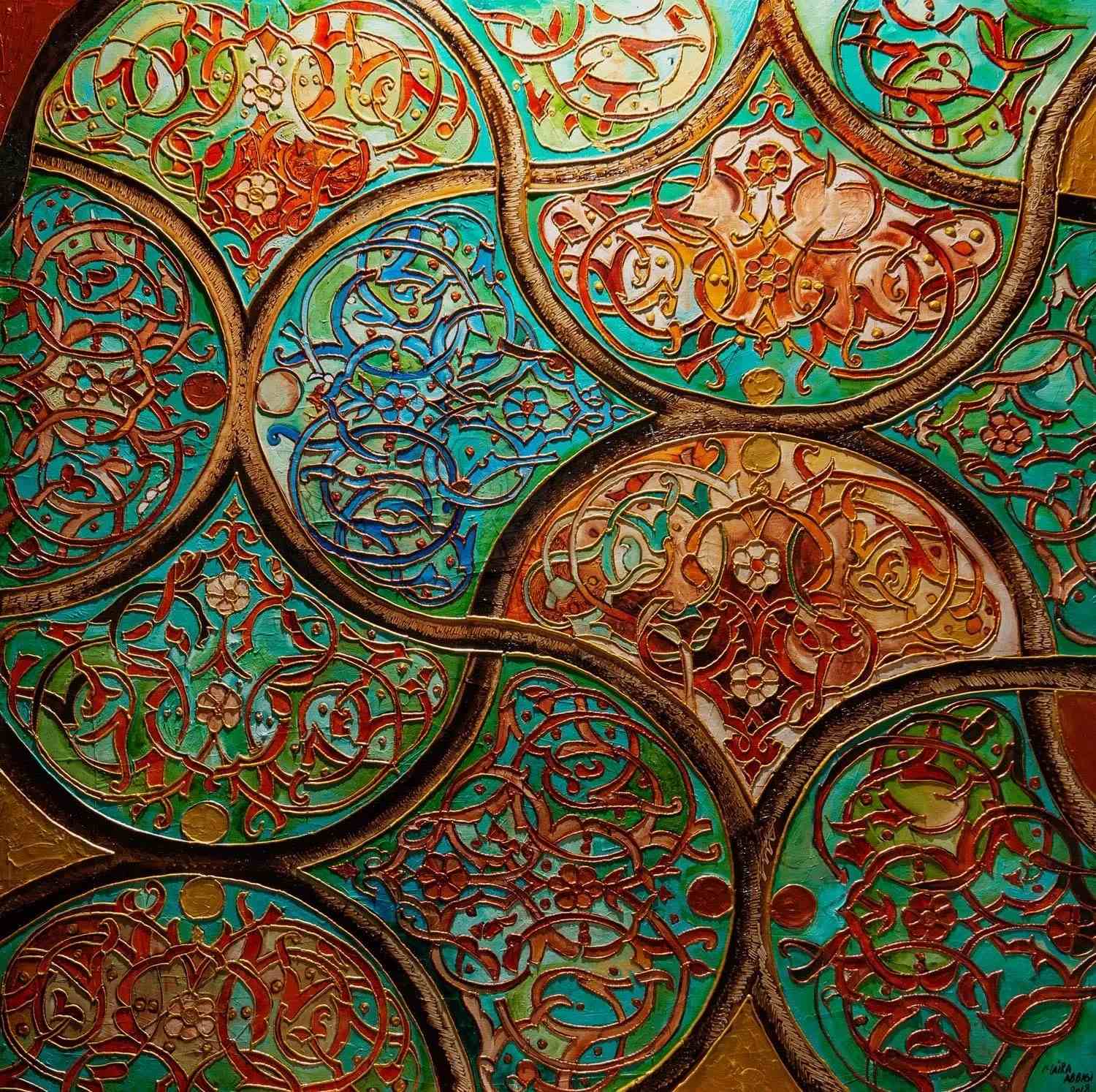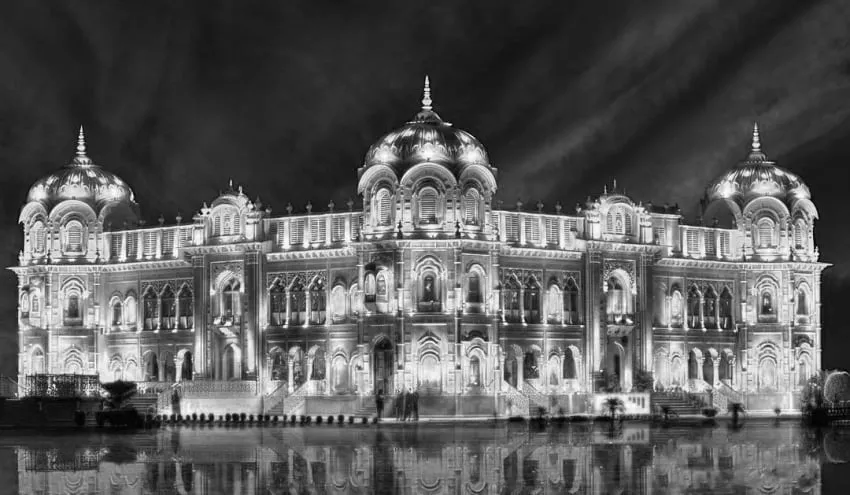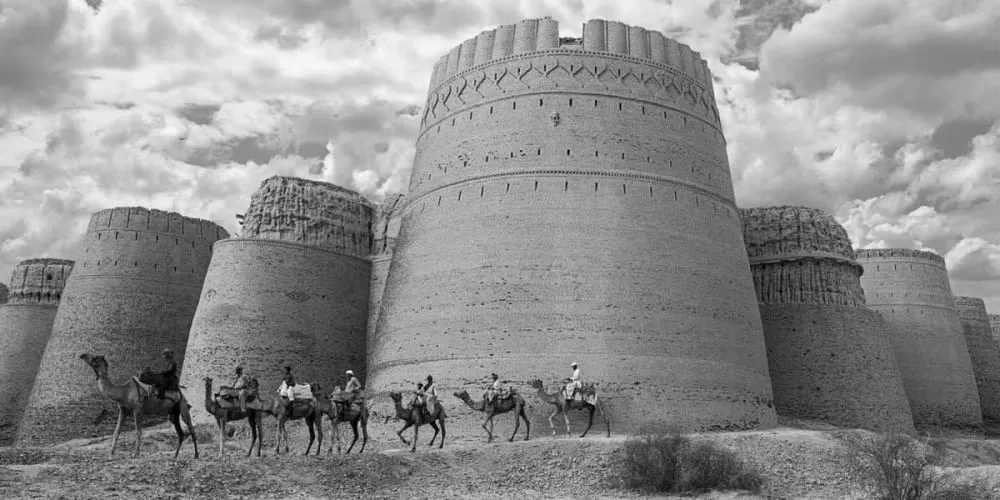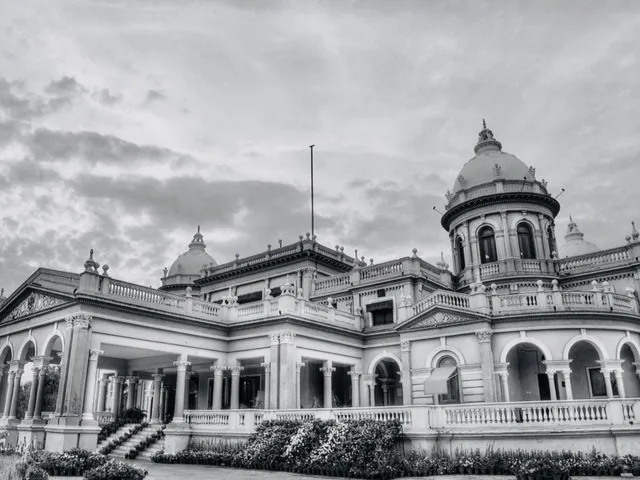meet the artist gillian sneed interviews MAIRA ABBASI
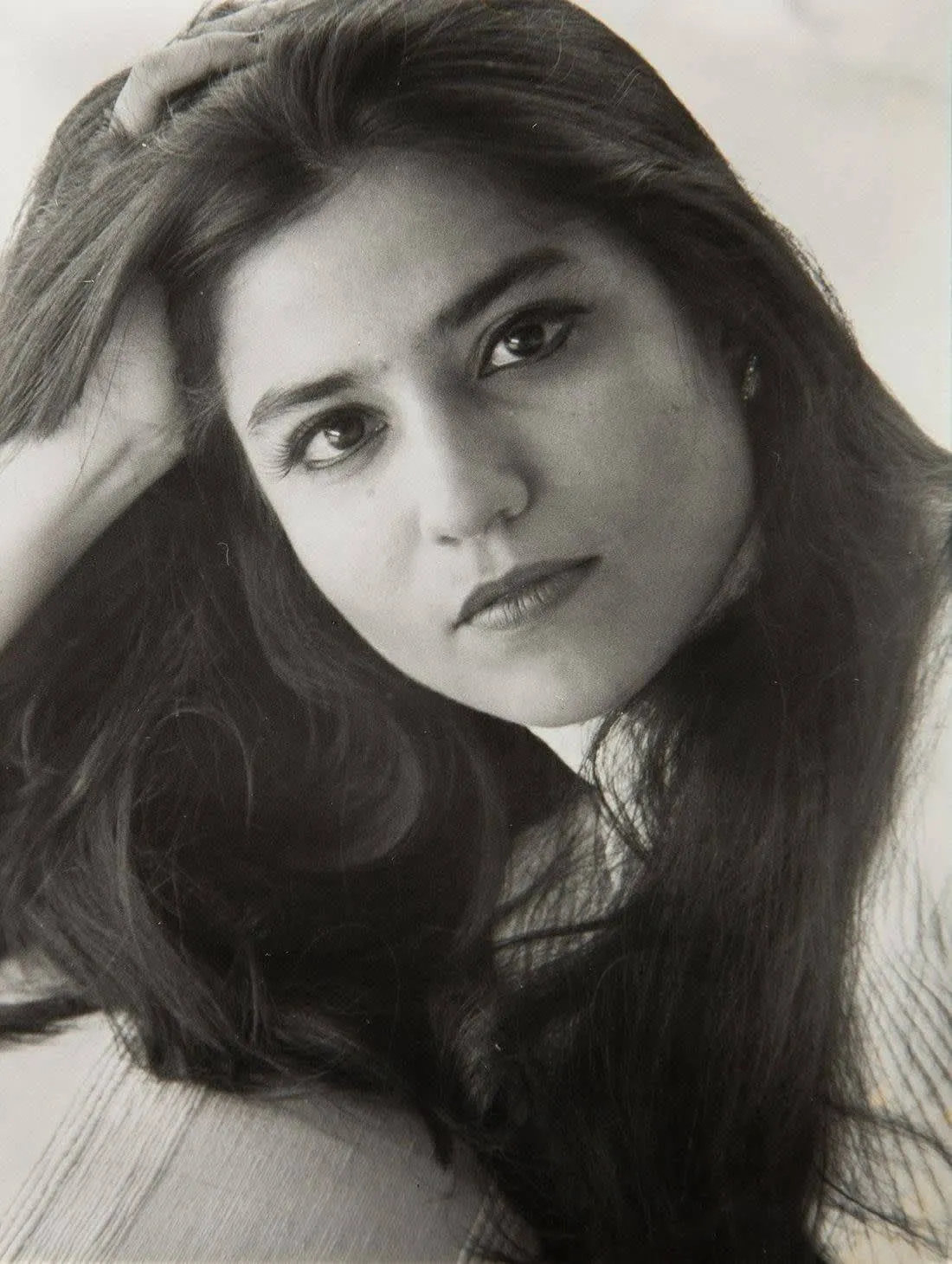
Gillian Sneed: You have traveled extensively, something that clearly factors within your art and work - the architectural works specifically. With such an endless and rich source of personal reference and subject (from the Abbasi palaces to the Derawar fort in the heart of the mystical Cholistan desert), you could have easily spent a lifetime focused on this area. What led to the other series of works (like the moon, tree, and motion and movement)?
Maira Abbasi: Early on in my career, my inspiration focused largely on the wealth of tangible remnants left behind by my grandfather and ancestors. I felt compelled to keep alive the grandeur of days of old through my work, but as time went on, I felt that as an artist, I wanted to belong to a larger community and world and reach beyond the geographical boundaries, broadening my horizons to include architecture which encompasses the ideology, rather than limit myself just to my own heritage. Thus, the Moroccan and Spanish architectural works became. After moving to the States, I reached beyond the purely architectural works to include the relationship of humans to nature, such as the correlation to The Moon and The Tree of Life. In essence, it is an extension of the spirit of the elements found in the inherent culture and thought process found in Islamic Architecture. The Moon is very much an extension of the romanticized elements of Architecture such as filtered light, fountains, mirrored hallways, incense, the entrancing dance of the Turkish Dervish dancers, and the metaphors found in poetry in Sufism. Many elements are correlated, such as cultural events based on the sighting of the moon ... superstitions all steeped in drama and mystery.
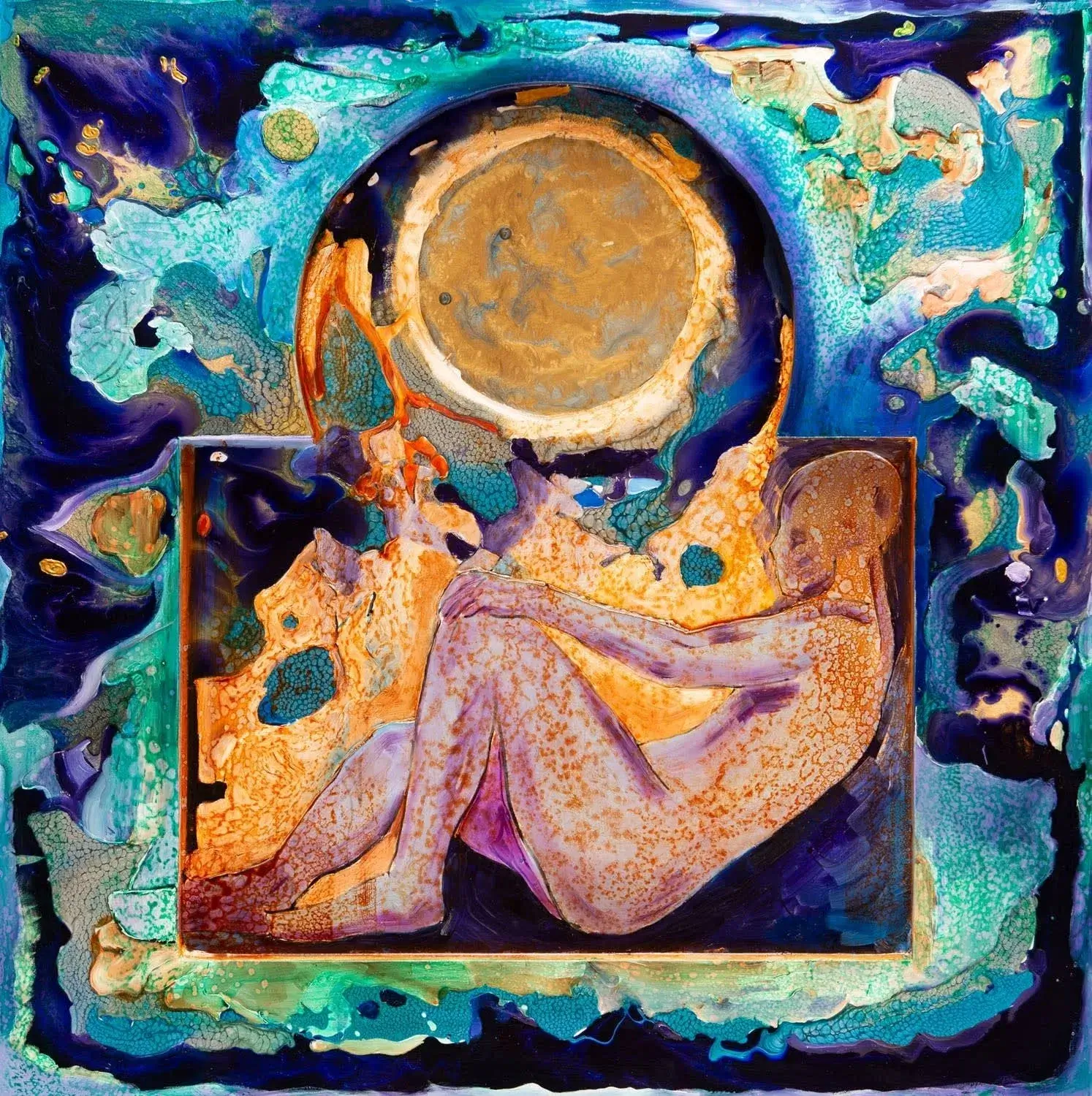
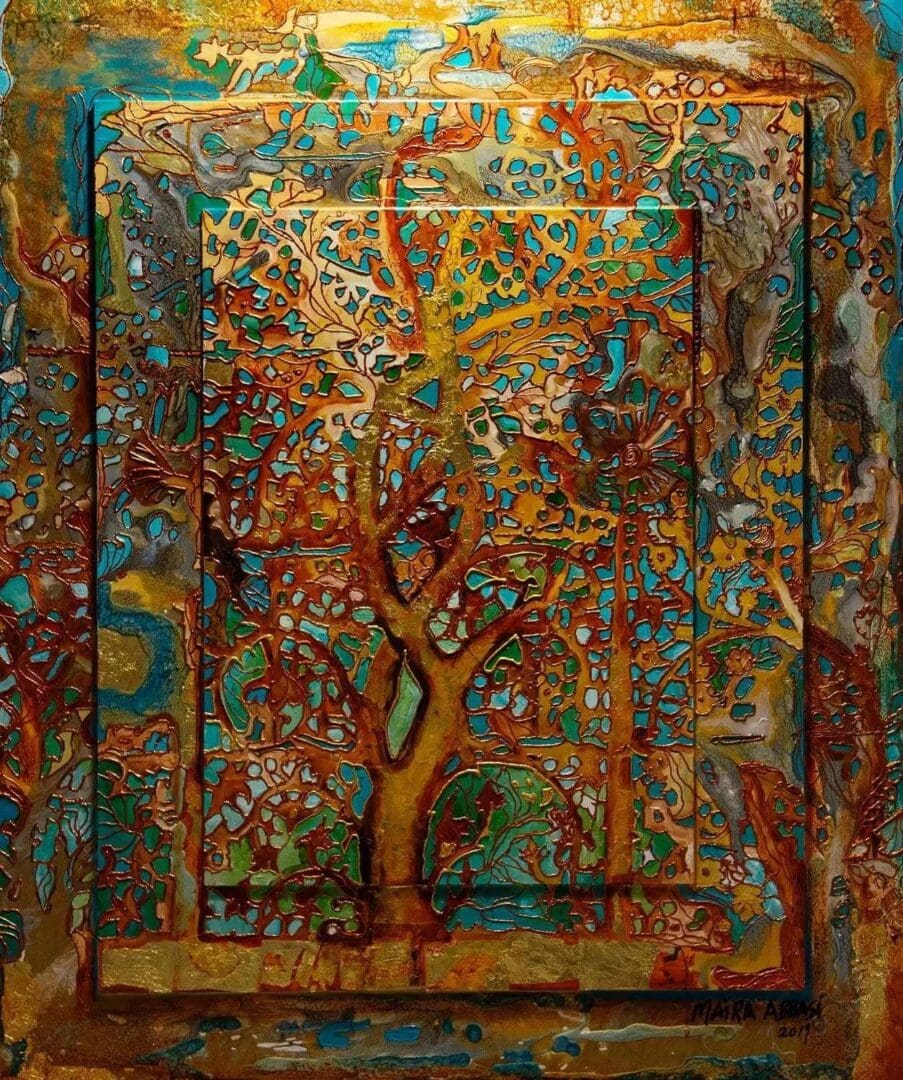
The Tree of Life series, like the Movement and Motion works, is inspired by the stylized motifs found in Architectural infinite decorative patterns. For example; the Tree being life-sustaining, like the fountain water being a source of life in desert regions. Much of my inspiration is derived from regions where Trees and Fountains are synonymous with survival itself. The calligraphy part of the Movement and Motion series is an homage to the highly stylized motifs of curved and straight lines, which one does not have to decipher and read in order to feel the mesmerizing dance and intricacies. One has to reach out into the world beyond one's singularity, and I have tried to do that through my work to pay homage to various dynasties other than the Abbasid Caliphate.
Gillian Sneed: You work with a focus on the elements, with different projects divided according to theme and topic. How does this work in terms of your creative process? Is a fluid moving between the categories according to which is inspiring the most at a given time, or are you very much working in periods (i.e., the collage works will be a focus of your creative work for a period, and this will be your only focus)? Are any of the specific genres more difficult or complex creatively, and Do you have a favorite at all?
Maria Abbasi: My work can be compartmentalized into four major themes: Architecture, Moon, Tree of Life, and Movement and Motion series - the elements of each series have a specific correlation and are interrelated to a singular concept. They stem from a single inspiration that branches into the various galleries, each one supported by the other. Architecture is seen to have all the elements in its highly decorative adornments that are found, for instance, in paintings like "Movement and Motion" or "Calligraphic Medallion." The Moon and Tree of Life series revolves around the romanticism and relationship found in the philosophy found in Middle Eastern Architecture, be it the life-sustaining water bodies such as Fountains, for example, Reflective Pool, water being life-sustaining in desert regions, or the symbolism of growth, shelter, sustainable of Trees. Each one is entwined with the spirit of humans and their relationship to Nature and Architecture. The Moon stands for the soulful ambiance of the bygone days, the silent Palaces, and many cultural influences. Such as the sighting of the new moon, the Sufi poets. As I create, the process is seamless since the vision is the same and segments of a larger whole. To create a captivating Art work void largely of the human element that embodies spirituality is an exciting challenge. The most complex series I find to work on are both the Architectural and Paper Collage works.
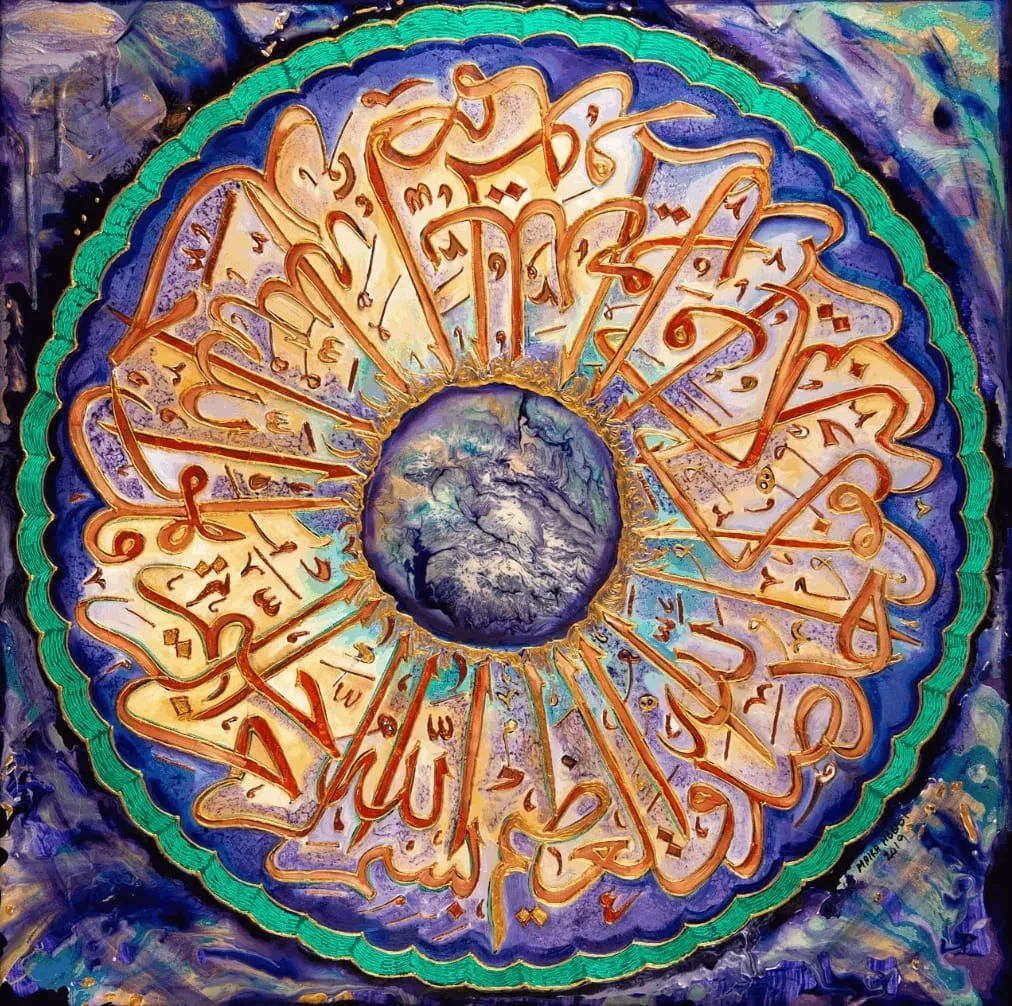
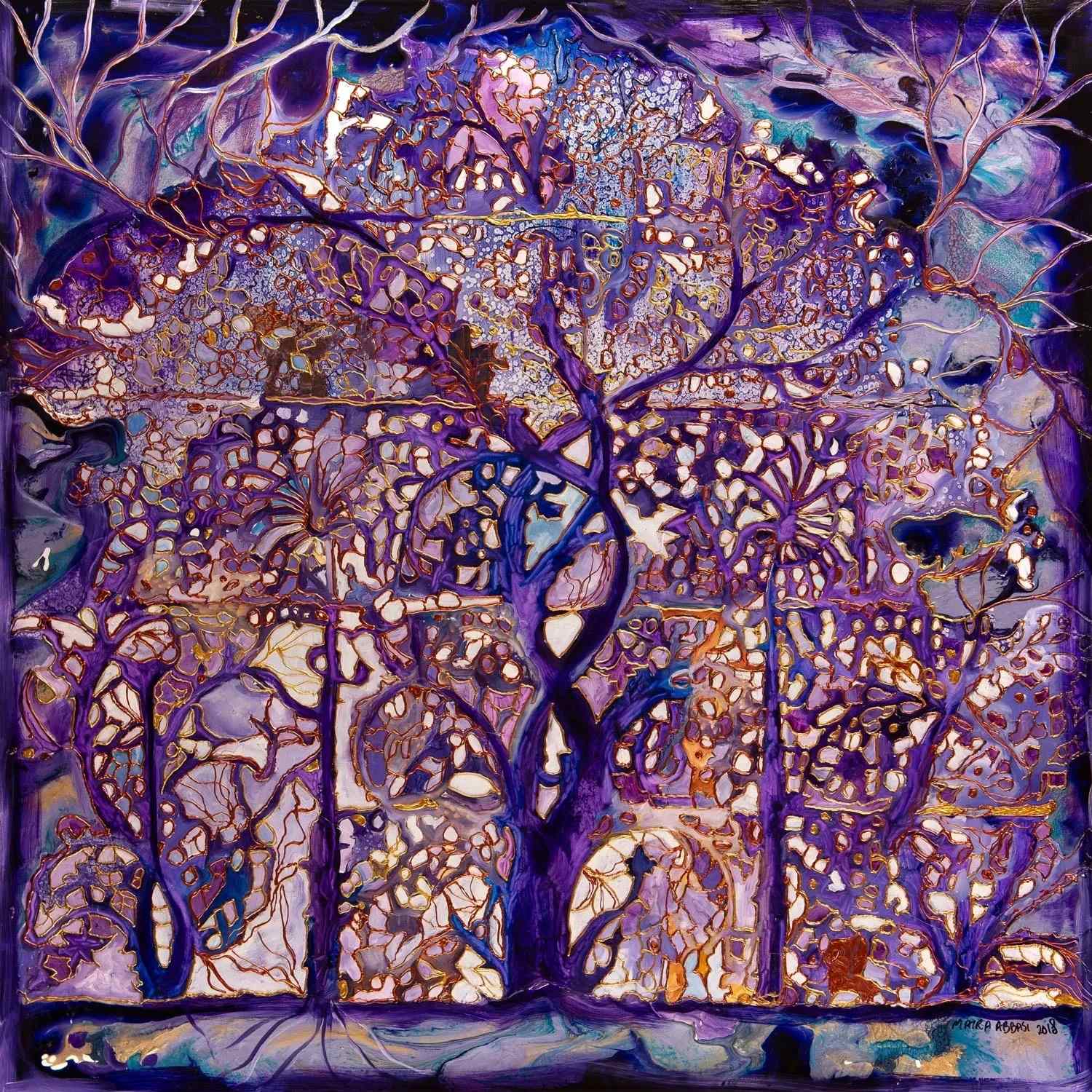
I would say my personal favorite is The Architectural Works since they provide a theme that is so steeped in mystery atmosphere, and it is the perfect platform for me to incorporate all elements such as textures, dimensions, decorative elements, and my signature three-dimensional wood panels. Some of my personal favorites are "The Woman in The Window," "Oxidized Tree of Life," "Movement and Motion," "Emerald Courtyard," "Full Moon Gathering," "Lapis Tree of Life," and "Silent Room." Each one is created as though I have a personal relationship with them. Each one is a part of myself.
Gillian Sneed: How did each of the body of work begin, is it an organic process or very much a choreographed, strategic journey to create new genres and series?
Mara Abbasi: The seed of each work is very much choreographed, planned and imagined initially to develop into an end product envisioned in my mind. The theme, subject matter, light, and color palette are all planned ahead of the actual work. Once I start the creative process and the journey of each painting, it is synonymous with life itself for me. I can plan, but the road may take a surprising turn.
Very much like Jazz, I use the building blocks of my initial idea and vision and build upon it, meaning it's an organic process of development that comes into play, and the work unfolds and takes a life of its own. Throughout, I balance the vision of how I want the work to be seen with the natural, impulsive creative process. The series of works are interrelated to an extent to the human element of emotions and ideas.
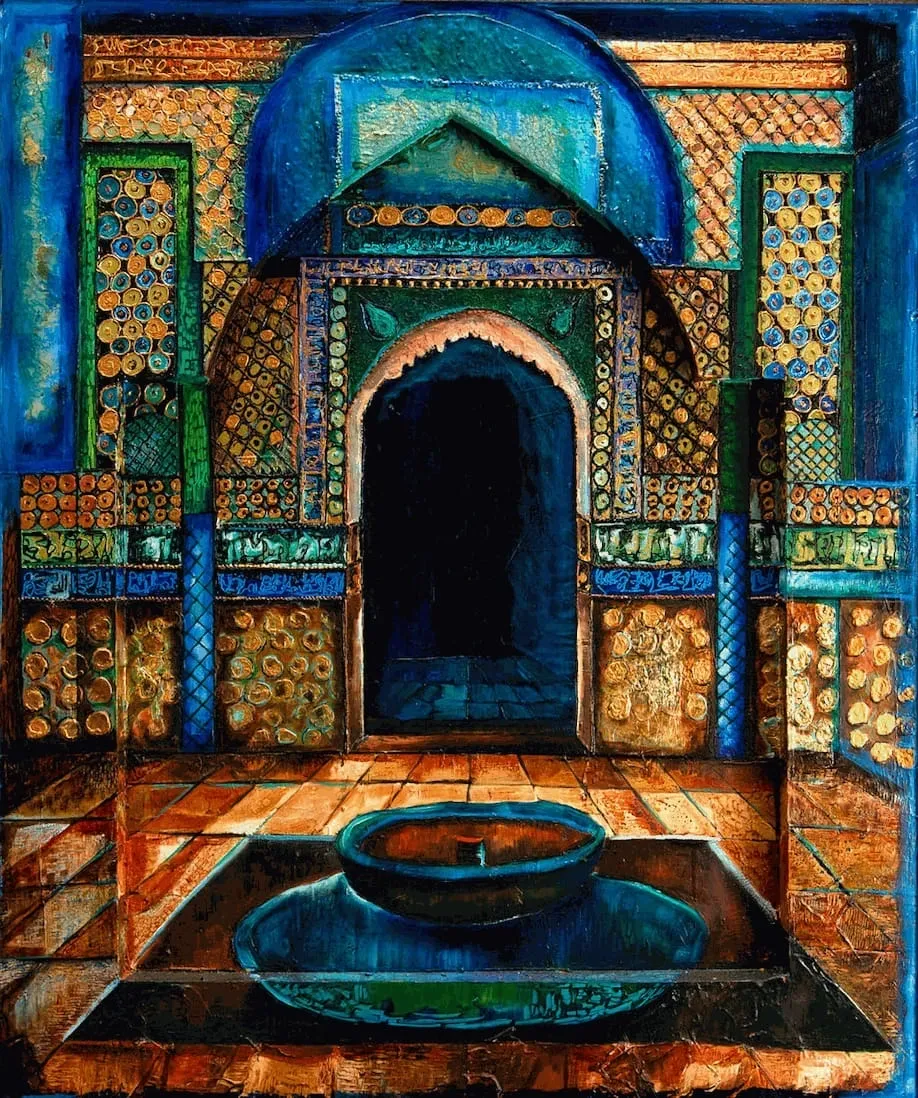
Gillian Sneed: As a female artist with Eastern origins, influences, and nuance, how is your artistic identity shaped or altered by also essentially being an "American artist"? By this, I mean you have lived, created, and exhibited in the US- your home - for many years. How has this been married and changed (if at all) by your history and origins? Can you define your artistic identity?
Maira Abbasi: Having not been born in the USA, I have definitely felt that I may lack the advantage of my counterparts born, educated, and raised here have had the luxury of familiarity, though the world at large is no longer confounded by geographical limits thanks to the explosion of electronic media that brings to your doorstep visions and stories from across the four corners of the world.
In a nutshell, breaking the glass ceiling has been a challenge ever since I immigrated almost two decades ago. The road to success is paved by hardships for many, and Art is mostly born out of pain, love, passion, and a void that is always yearning to be fulfilled. There is a challenge to introduce a new idea or concept; as a society, we seldom want to be challenged to explore beyond our comfort zones and set precedent.
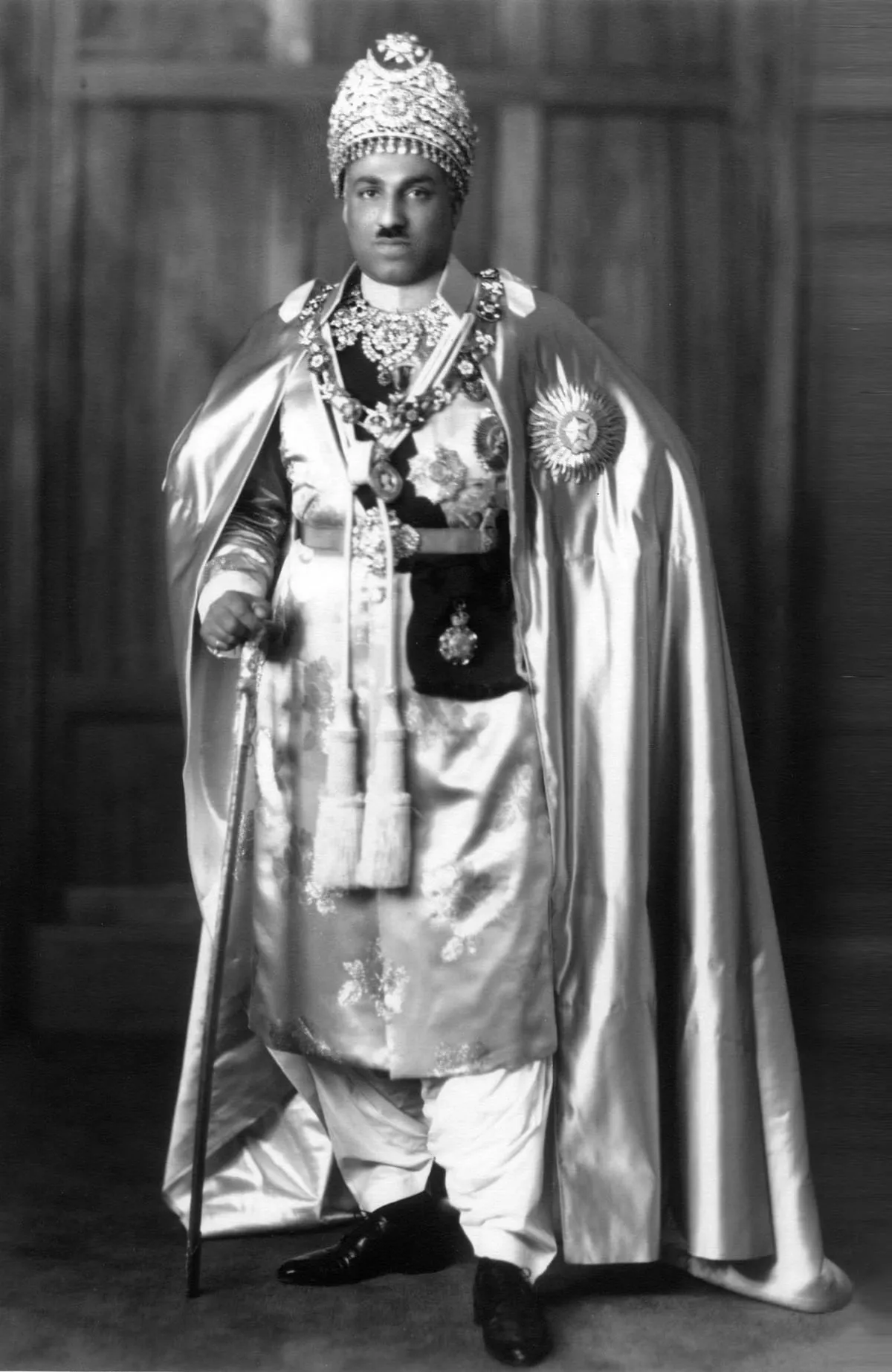
"I hold my audience to a very high standard since there is a unique blend of various cultures that all empty into the same vessel... I feel I have the benefit of a unique perspective of creating from actual experiences of the sights, sounds, and richness of my heritage that dates back to 752c." -MAIRA ABBASI
Maira Abbasi: Originating from the East does bring with it an unknown world, yet it also offers an exotic element. As an Artist living and working in the US, I find it exciting to open the doors to this exotic world to my audience. Essentially, my subject matter has not changed, though it has evolved in the techniques that I use. As I have assimilated, so has my work to a degree, and although I do believe in growth, progress, and assimilation, I feel it is imperative to have anchors, as it is said, KNOW THYSELF.
As a Pakistani American Artist, I am privileged to have a unique platform rich in diversity and a patchwork. My work is very much steeped in my heritage of the grandeur of palaces of old mystical desert stories and haunting Forts.
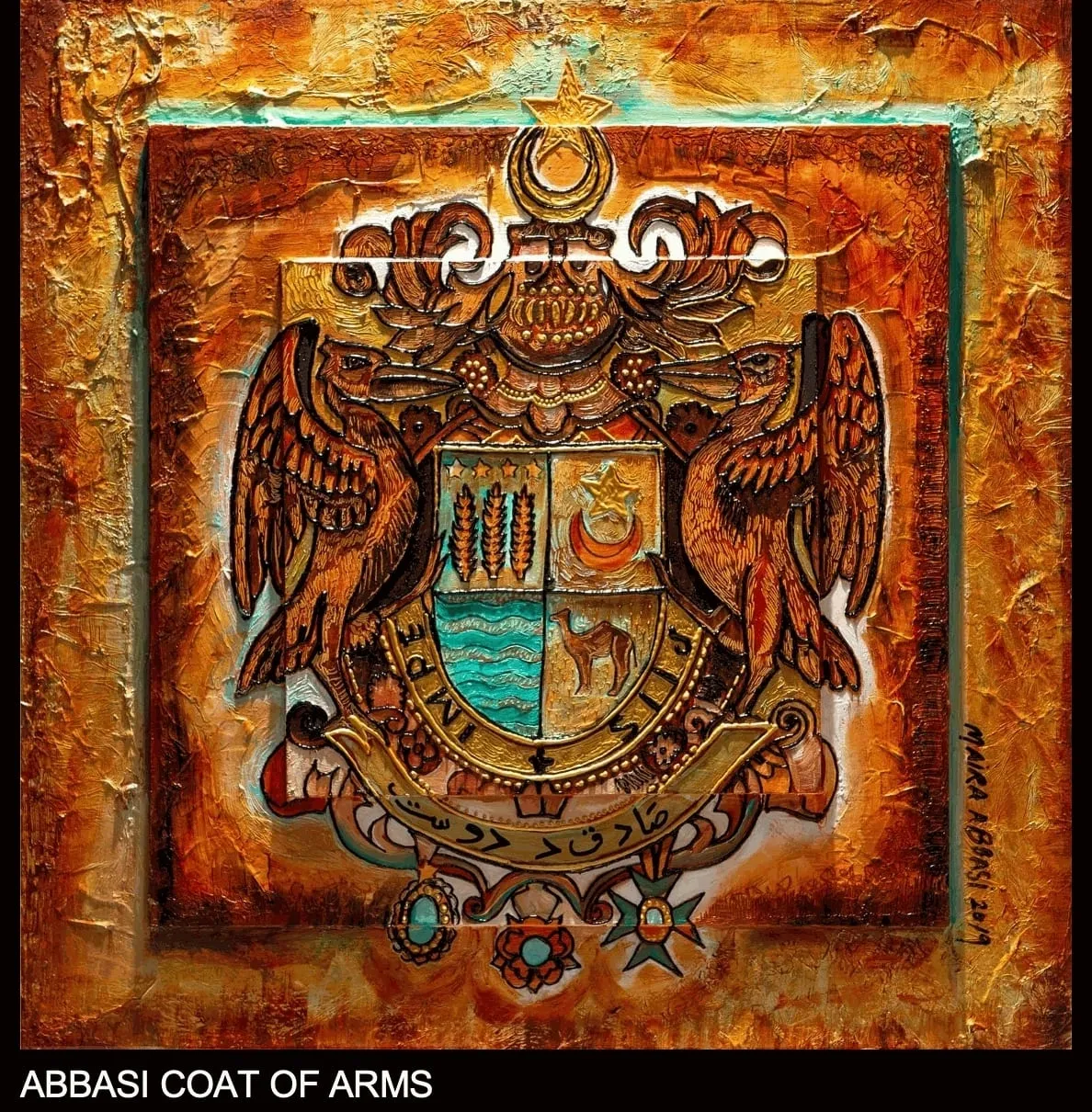
Gillian Sneed: Your work is unlike any other, and, like all truly impactful art- it doesn't fit into a box or any category. Do you feel a pressure to comply with trends, be more commercial or marketable with your work, and how do you silence the "noise" as an artist from such pressures and continue to create unique works without influence?

Maira Abbasi: Claude Monet... Vermeer... Cezanne... Gauguin... Monet... Seurat, last but not least, Van Gogh, all faced rejection from society and their peers. Many died improvised, not having seen the impact their Art has on the world. Of course, having said that I, by all means, would never dare to presume I am comparing myself to the Gods of Impressionism. Art is, in all honesty, a constant struggle to fight the pressures of commercialism and not to give in to the tide and trends of the time, but as a creator, I cannot be dishonest to myself and my vision to seek the pleasure of the larger audience. The dichotomy is a constant challenge I create to serve my audience, yet I cannot put before them works not created from my heart and the depths of my soul. DNA embodies not just appearances but human behavior as well, and I paint what I carry within. The ultimate prize is validation from my audience and the art community, remaining true and authentic to myself, and inheriting nature, history, and identity.
Gillian Sneed: Your works go beyond painting and create worlds and a more sensory experience. In many of them, you invite the viewer to touch and feel. You are breaking boundaries and established norms with your work, yet it is also deeply rooted in tradition and history. How do you prioritize legacy and history with being a contemporary artist? Is one more important to you than the other, and is this juxtaposition a conscious one or something intuitive?
Maira Abbasi: The Greek aphorism says it best: "Know thy self." Are we all not in search of our roots and origins, and of what defines us? More than ever, the world we live in today appreciates the value of individuality and identity, and I find comfort in my heritage and origins. My Art can only be pure and truthful if It is created and anchored to my identity, and it is the only way I can see it grow and develop into what I hope is timeless. In order to reinvent, assimilate, and grow as a contemporary artist, I have made an attempt to strike a balance between the old and new world, the past linked to the present, the Yin and Yang. The need comes naturally to me to look beyond my past into the future, as the Tree of Life series symbolizes roots anchoring it firmly so that it may grow upwards with the promise of the future. In the current trends seen in the art world, at times, I do find that I may be taking a chance and the harder path, but creativity comes from the depths of one's soul, and I cannot create if I do not believe in the vision I want to transform from an idea to a reality. My work, like life itself, is a constant balance between the past and the future- a journey from what was to what is. The subject matter may be old, but it is my endeavor to present it in a contemporary manner. We yearn to touch and be touched. It is a primeval instinct that has existed since infancy; thus, I have attempted to create textures and dimensional feel in my paintings to enhance the experience of my audience from a purely visual to a multisensory experience.
